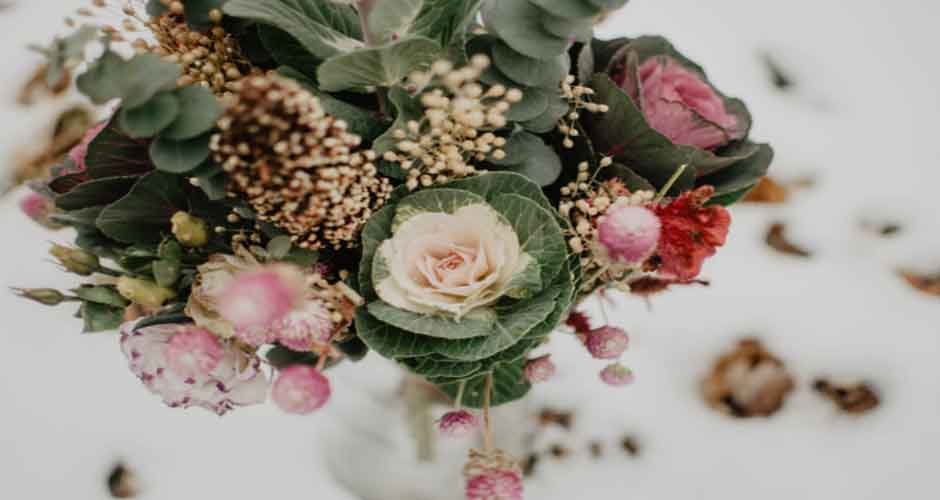In an era where environmental consciousness shapes our daily choices, the floral industry is not left behind. The trend of eco-friendly floristry is blooming, showcasing how the world of flowers, ordered via flower delivery in San Jose is adapting to sustainable practices in the face of mounting environmental concerns. This article delves into this green revolution, exploring the various facets of how the flower industry is transforming itself to be kinder to the planet.
Farm to Vase: The Push for Locally-Sourced Flowers
At the heart of this transformation is the movement towards locally-sourced flowers. This shift is not just a nod to sustainability but also a celebration of local biodiversity and craftsmanship. By sourcing flowers from local growers, florists are able to reduce the significant carbon footprint associated with transporting blooms across long distances. This practice not only contributes to lower greenhouse gas emissions but also supports local economies.
Locally-sourced flowers often come with the added benefit of being fresher and lasting longer. They avoid the lengthy transit times and storage conditions that imported flowers endure. Moreover, local sourcing encourages florists and consumers to reconnect with their regional flora, fostering an appreciation for local beauty and diversity. This approach also opens the door to seasonal selections, allowing for a constantly evolving and unique array of bouquets that reflect the changing seasons.
Green Designs: Innovations in Sustainable Floral Arrangements
The world of floristry is buzzing with creativity, especially when it comes to sustainable arrangements. Florists are increasingly adopting biodegradable materials, moving away from traditional floral foam, which is non-biodegradable and often contains harmful elements. Instead, they’re innovating with natural substances like moss, bark, and other organic materials that not only hold flowers in place but also add to the aesthetic charm of the arrangements.
Recycling flowers is another trend gaining momentum. After events, flowers are often still in good condition and can be repurposed. Innovative florists are partnering with community organizations to donate these flowers, bringing joy to hospitals, nursing homes, and community centers. This practice not only extends the life of the flowers but also reduces waste.
The trend of ‘dry floristry’ is also on the rise. This involves creating arrangements with dried flowers, which last significantly longer than fresh blooms. Dried flowers offer a sustainable alternative, reducing the demand for fresh flowers and the associated environmental impacts.
Blooming Awareness: Educating Consumers on Sustainable Choices
An important aspect of this green revolution is educating consumers about making environmentally responsible choices when purchasing flowers. Florists and educators are spearheading initiatives to spread awareness about the impacts of flower sourcing and the benefits of sustainable practices.
Workshops, social media campaigns, and in-store information sessions are becoming common ways to engage consumers. These platforms provide insights into how choosing locally-sourced, seasonal flowers, or opting for arrangements with biodegradable materials can make a significant environmental difference. They also highlight the importance of considering the entire lifecycle of the flowers, from cultivation to disposal.
By making consumers more aware, the demand for sustainable flowers is increasing, thereby encouraging more florists to adopt eco-friendly practices. This cycle of awareness and demand is crucial in driving the industry towards a more sustainable future.
Conclusion
The rise of eco-friendly floristry is a testament to the floral industry’s commitment to environmental sustainability. By embracing locally-sourced flowers, innovating with sustainable design practices, and educating consumers, the industry is making strides towards reducing its ecological footprint. These changes not only benefit the environment but also enhance the beauty and diversity of floral arrangements, making them not just visually appealing but also environmentally responsible.
As this green trend continues to grow, it holds the promise of a more sustainable future where our love for flowers goes hand in hand with our respect for the planet. It’s a blossoming movement, one that reminds us that every choice we make, even in the beauty of a simple flower, can contribute to a healthier, more sustainable world.



